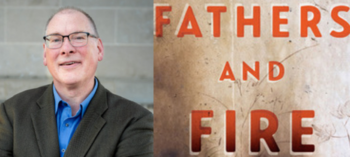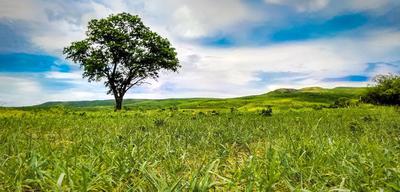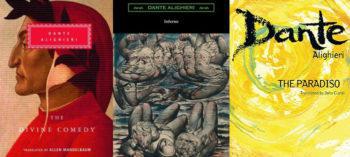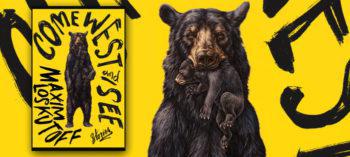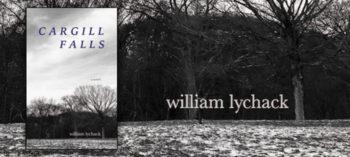
My L.A. in Four Locations: Wrecking a Dream in the Nineties
My L.A. in Four Locations is a running feature in which Angelenos share the story of their city through four specific places. This week, Steven Wingate considers the tough lessons L.A. taught him in the early 1990s.
My Los Angeles has been eaten by time. It existed from spring 1991 to late fall 1993 and now lives on only in my body, where I store the lessons L.A. taught me — mostly lessons about who I wasn’t and who I’d never be. I’m grateful to L.A. for clarifying these truths, though at first
